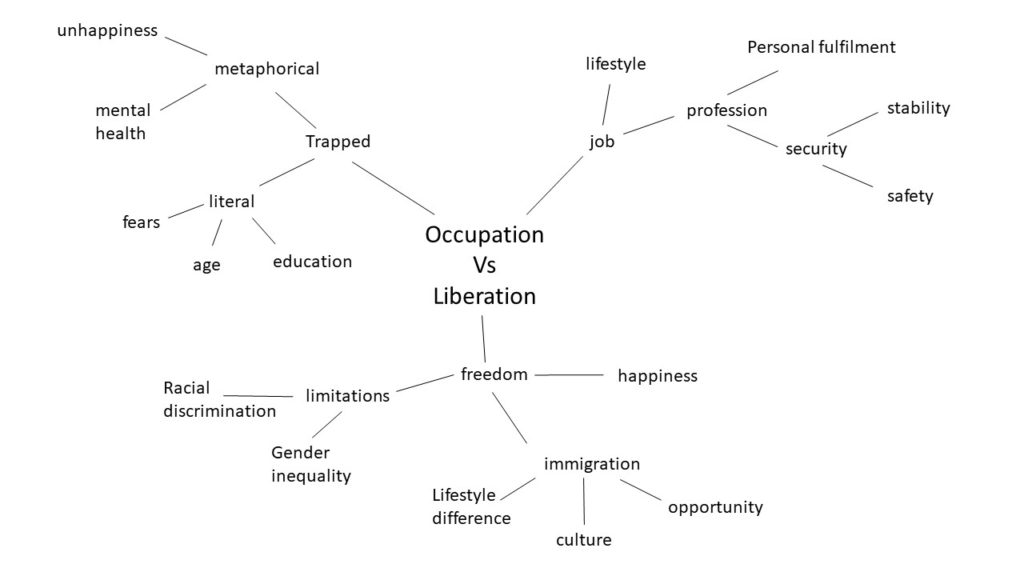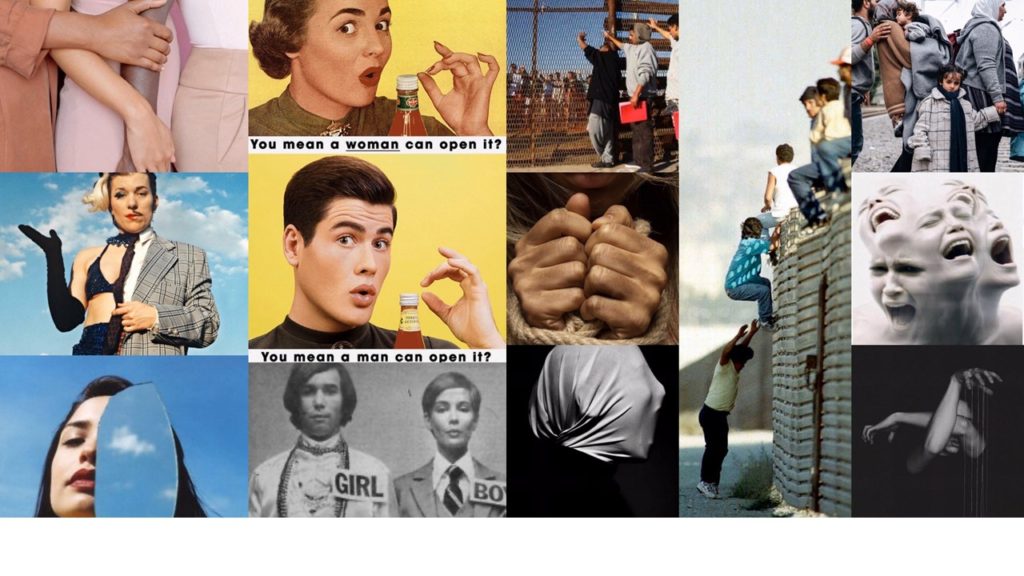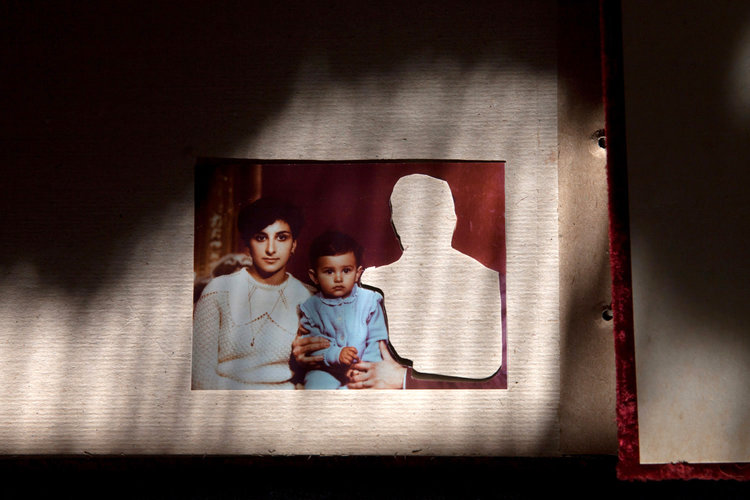The two following photographers have very different approaches, ass well photographing completely different things; Hassan Hajjaj is a portrait photographer, whereas Jean-Pierre Raynaud is an object photographer. However I enjoy both of their styles; they would also both fit into my personal study as I have done both styles in past projects and enjoyed doing them.
Hassan Hajjaj
I really enjoy the vibrant colours he always implements into his work, they are always bold and help turn the photo into a statement through exaggerating certain elements of the photo. Such as in the photo below, its a woman wearing boxing clothing and holding boxing gloves in the way a purse would be conventionally held. This has been done to show the strength of a woman, especially in a male dominated scenario.
I also really like how he makes a frame for every photo out of food related items most commonly found in Morocco. This helps add another layer of, usually contrasting, colour to the photo, as well as to strengthen the feel the photo gives you.



Jean-Pierre Raynaud
These photos are of the Jean-Pierre Raynaud designed ‘La Maison de La Celle-Saint-Cloud’ in Paris; which opened in 1974. It is a house and art installation comprised entirely of white tiles. The obsessive construction of the house’s walls, floors, ceilings and fixed furniture were all coated with white 15cm x 15cm ceramic tiles with black joints.
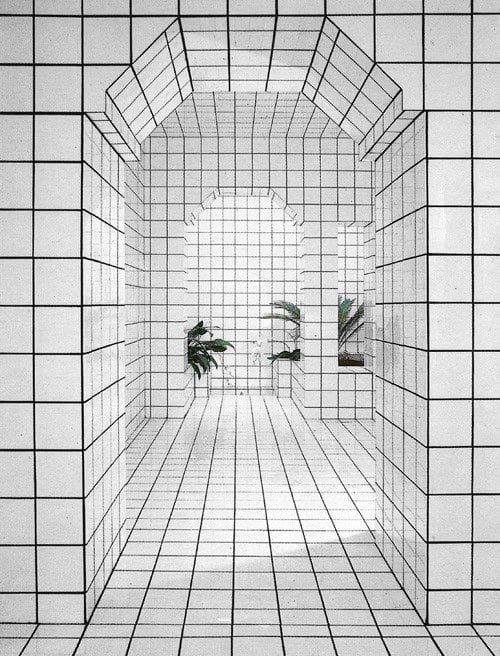

I like the strong geometric shapes all of his work is based upon;they help make all the images bold, and make any other objects (e.g. a plant) stand out a lot more due to the contrast between its curved/irregular lines and shapes and colour, compared to the black and white grid of its surroundings.
I also enjoy the simplicity that comes with his style of work; there is usually one focal point of the image, using the example of a plant again, which attracts all of the attention towards it. The grid around it also helps accentuate the shape of the object through again, contrast between the lines.
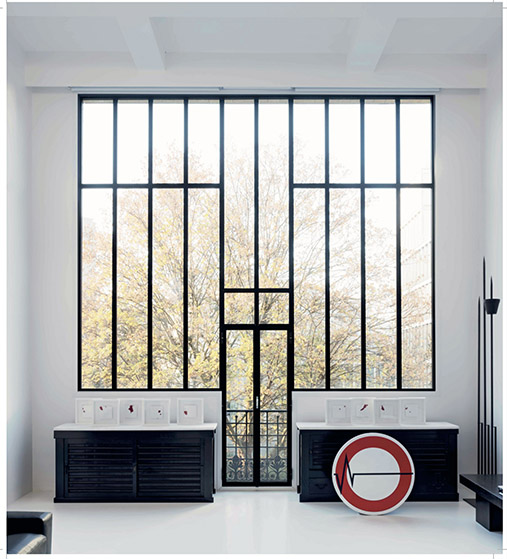
To conclude, both these photographers have very different styles which both appeal to me, however they do have one main thing in common: the subject of their photos always majorly contrasts with the rest of the image, be that through colour or shape, and I will take inspiration and feature this in my future work.

